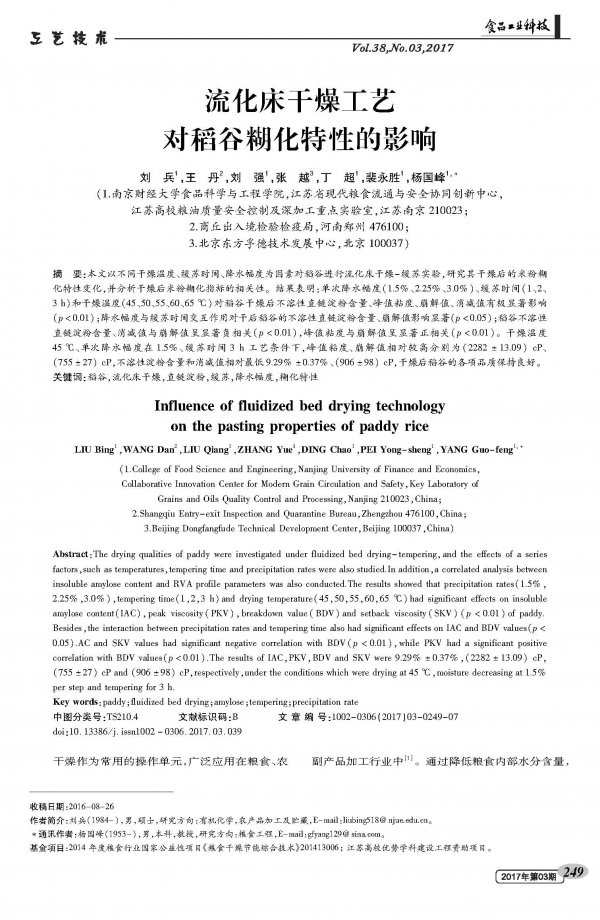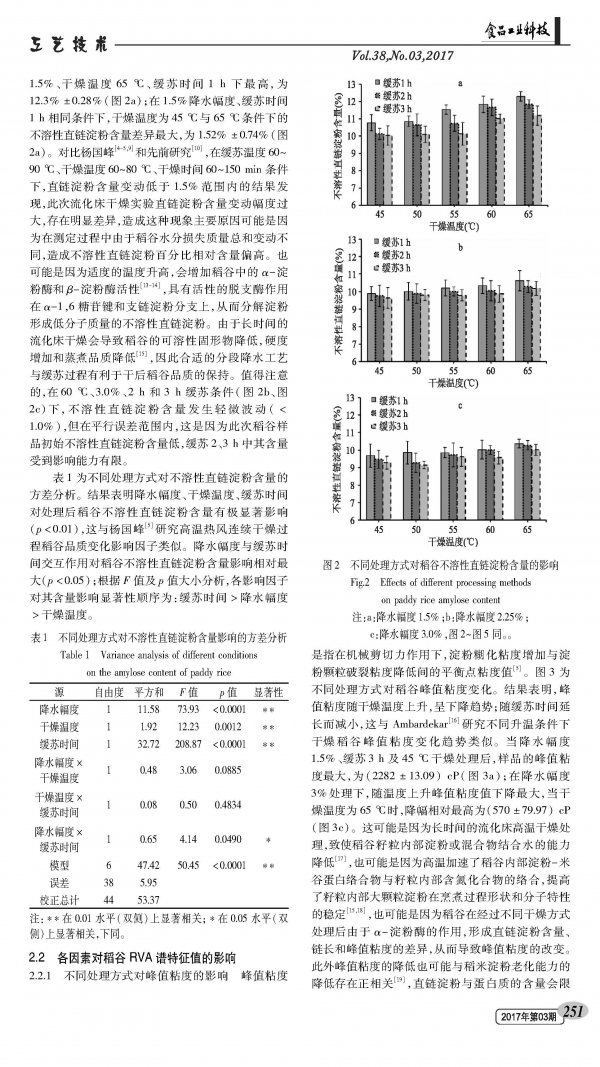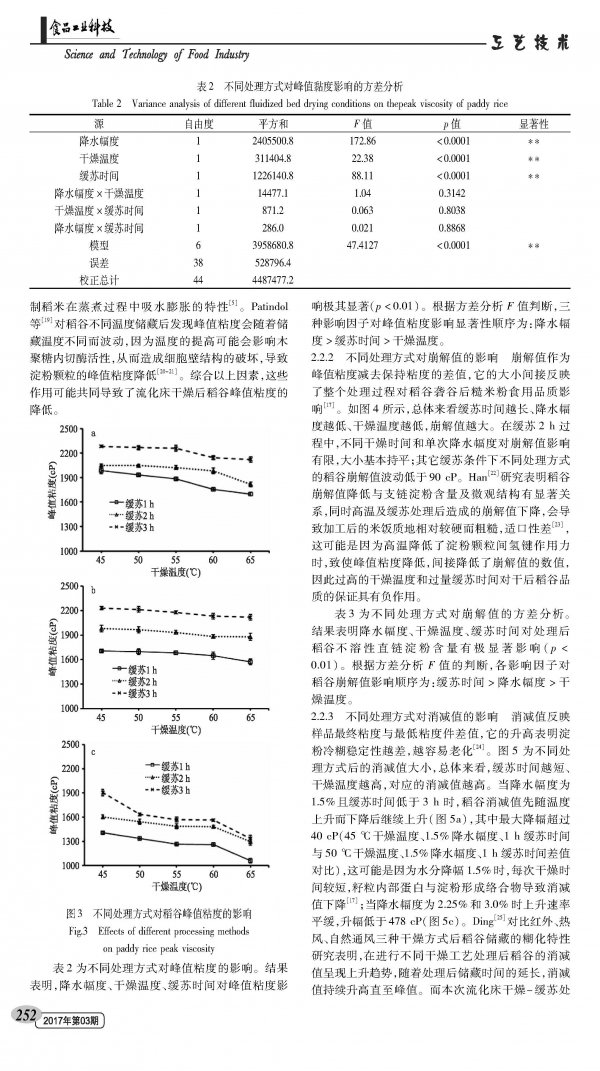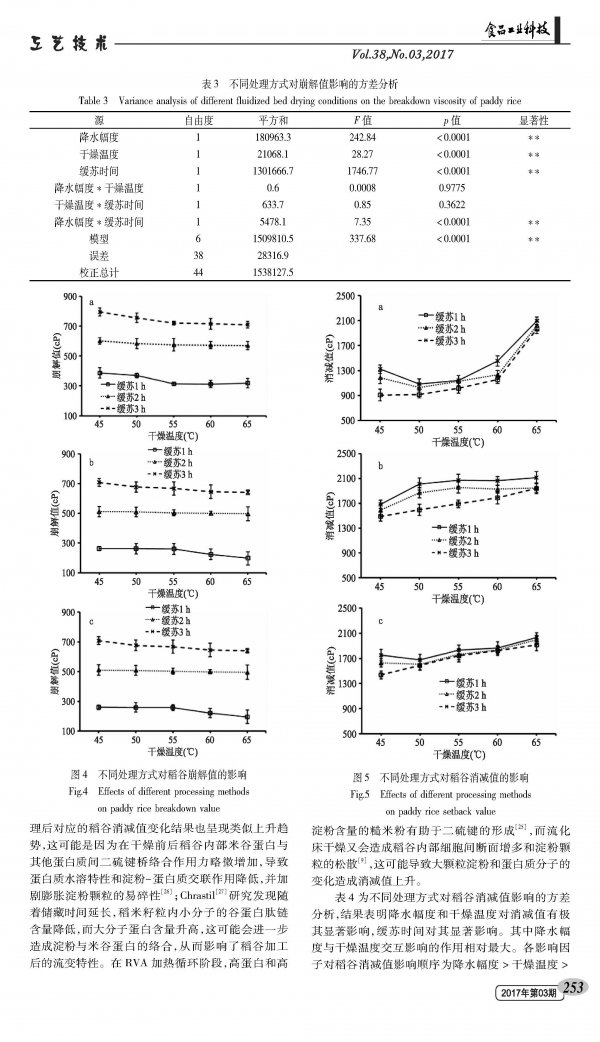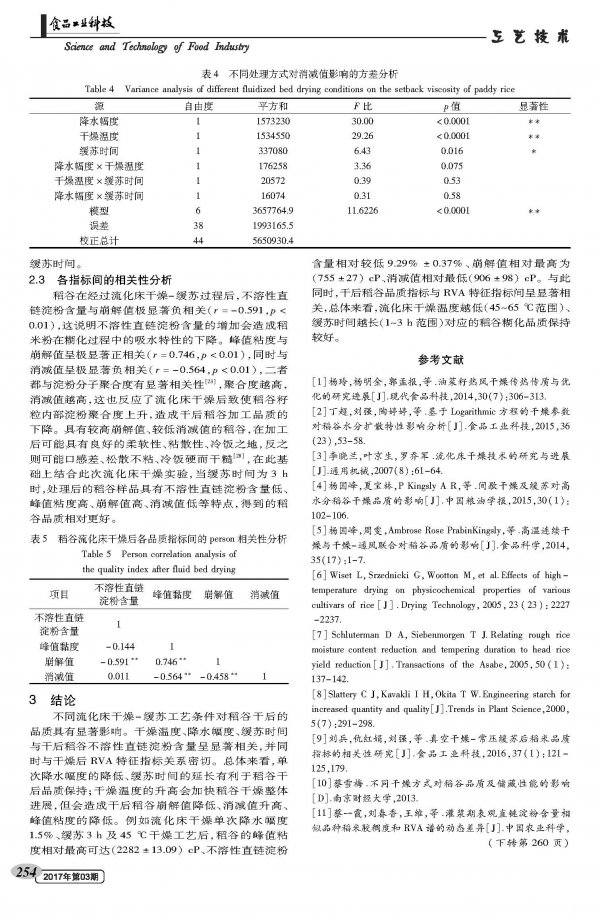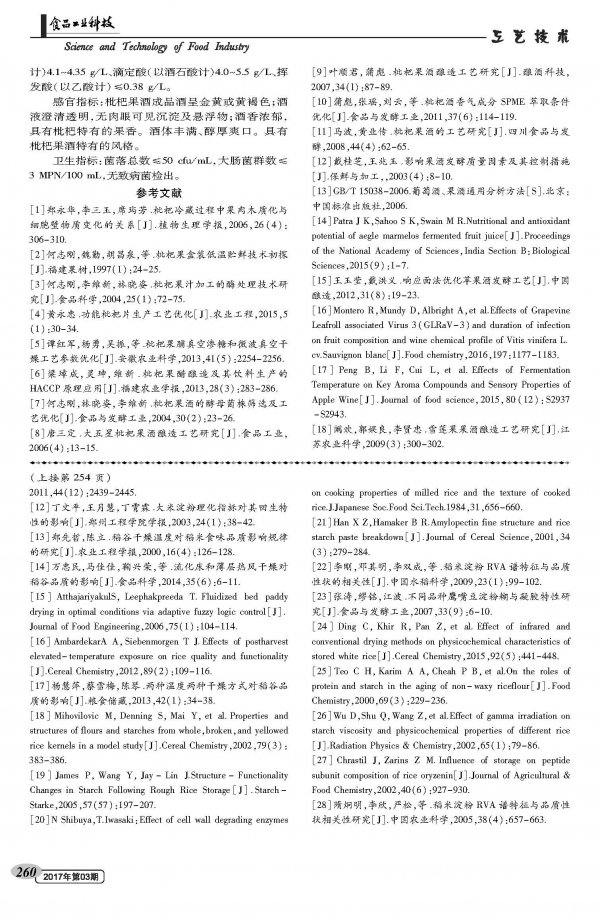Drying is a commonly used operating unit and is widely used in the food and agricultural and sideline products processing industries. By reducing the moisture content inside the food, you can reduce transportation costs and extend the safe storage period of the grain. Fluidized bed drying is one of the common types of grain drying. It can quickly achieve thorough mixing between drying medium and materials. However, due to its compact structure and limited processing capacity, its drying equipment is used in food, chemical, ceramics and pharmaceuticals. Insufficient applications in other industries. Reasonable drying process not only helps to improve the processing quality after grain drying, but also reduces drying costs and labor costs. Yang Guofeng's research on the high-moisture rice segmentation drying-slow-supplement process shows that when the rice drying section (25% down to 14%, dry basis) is set equal to two sections, the slow-supplement temperature is 60 °C, the comprehensive after rice drying The score is relatively high, and in the continuous drying operation, if the slow-slowing stage is introduced, the post-drying quality index such as rice roughness rate and whole milled rice rate can be significantly improved. Wiset's study on high-temperature drying of rice found that increasing the slow-slowing section in high-temperature drying (>50 °C) has a significant effect on the elimination of water gradient and stress reduction in rice grains, and reduces the rate of increase in lobe of rice; Schluteman uses 50, 60 °C hot air combined with slow-drying process of rice hot air drying experiment found that the different stagnation time has different protection effects on rice quality. Under the premise of maintaining more than 70% of the whole milled rice rate, the maximum single water drop does not exceed 6%, but The study did not involve the detection of indicators for rice itself. Since more than 70% of rice grain is starch granules, the change of starch properties after drying largely determines the nutritional value of rice after processing. However, continuous drying at high temperature achieves rapid dehydration of rice, but it is not conducive to rice cooking quality. The study of the single precipitation amplitude and drying temperature setting of rice is particularly important. Based on the conflict between the rapid moisture reduction in the fluidized bed drying process and the maintenance of the quality of the dried rice after drying, this paper combines the actual drying with the drying, slowing and slow processing of the drying time. The changes of physicochemical properties of rice under various drying conditions provide a certain theoretical support and basic data reference for the application of reagents for rice fluidized bed drying. 